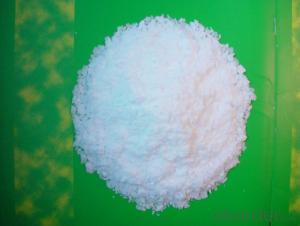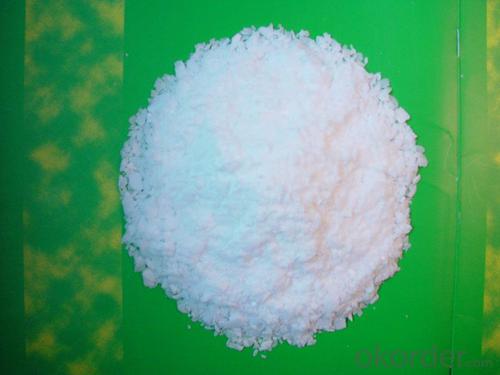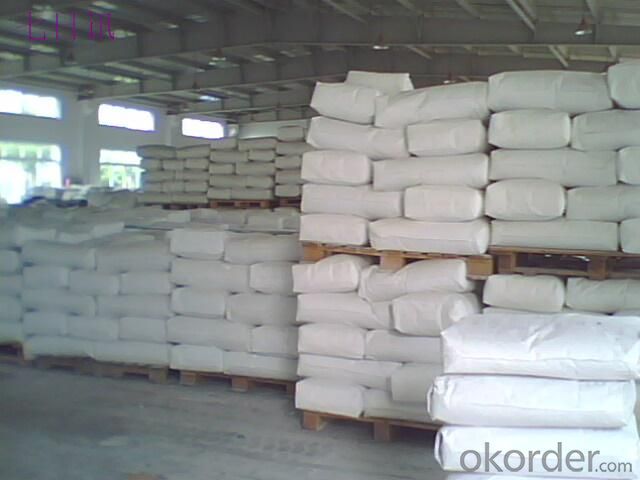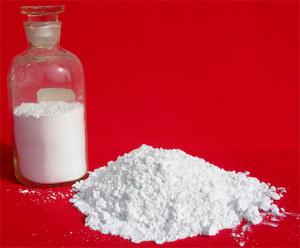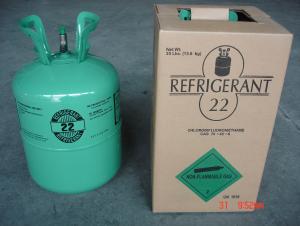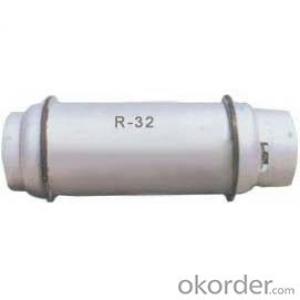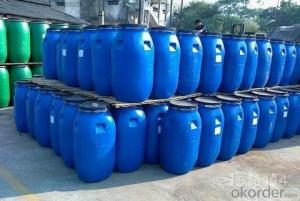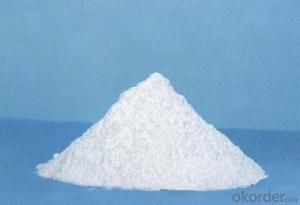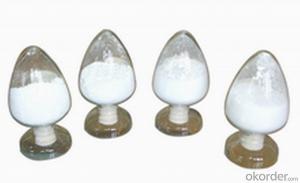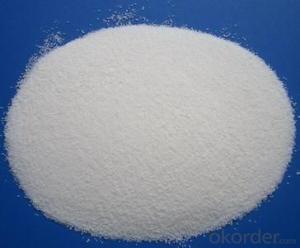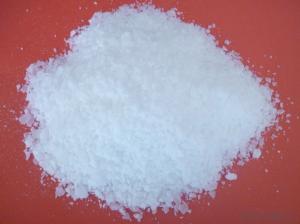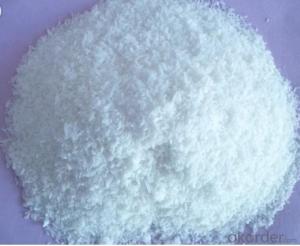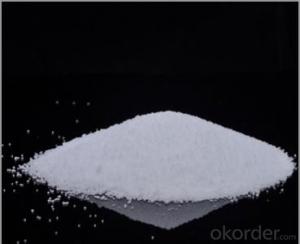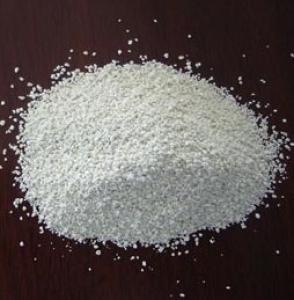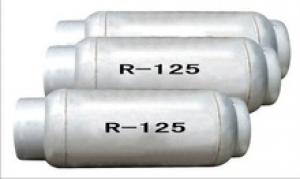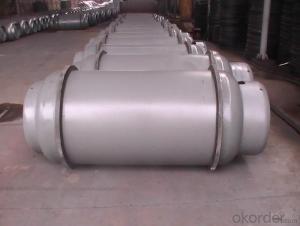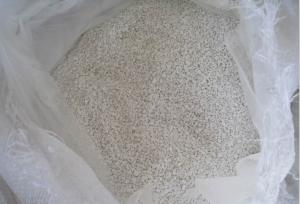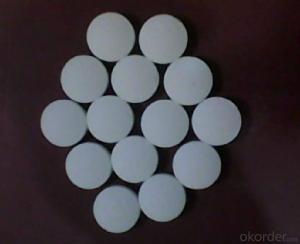Stearic Acid 1842
- Loading Port:
- Tianjin
- Payment Terms:
- TT OR LC
- Min Order Qty:
- -
- Supply Capability:
- 8000MT/month m.t./month
OKorder Service Pledge
OKorder Financial Service
You Might Also Like
Stearic acid
Formula: C18H36O2
Structural Formula:CH3(CH2)16COOH
Product Description:
Shaped like Lump, flake; Saturated fatty acid mainly with C16 and C18, white flake solid at ambient temperature, not dissolved in water, slightly dissolved in benzene and carbon bisulfide, and easily dissolved in hot alcohol. No smell no poison. It has the general chemical properties of organic carboxylic acid.
Physicochemical Properties:
pure product is white with a shiny soft small pieces, melting point 69.6 degrees, the boiling point of 376.1 degrees. Relative density 0.9408, refractive index 1.4299, slowly volatile in the 90-100 degrees. Slightly soluble in cold water, soluble in alcohol, acetone, soluble in benzene, chloroform, ethyl ether, carbon tetrachloride, carbon disulfide, toluene and so on.
Specification:
Item | Index | |||||
Grade No. | 1842 | 1838 | 1820 | 1860 | 1870 | 1880 |
Iodine value gI2/100g ≤ | ≤5.0 | ≤5.0 | ≤5.0 | ≤6.0 | ≤7.0 | ≤8.0 |
Saponification value mgKOH/g | 206~211 | 206-213 | 214-216 | 193-220 | 193-220 | 192-218 |
Acid value mgKOH/g | 208~210 | 210~211.5 | 214-225 | 182-218 | 192-218 | 193-220 |
Chroma (Hazen) ≤ | ≤60 | ≤80 | ≤100 | 200-400 | ≤150 | 400 |
Freezing point °C | 54~57 | 54~57 | 55~57 | 54 | 52 | 52 |
Moisture % ≤ | ≤0.2 | ≤0.2 | ≤0.2 | ≤0.3 | ≤0.3 | ≤0.3 |
Inorganic acid % ≤ | 0.001 | 0.001 | 0.001 | 0.001 | 0.001 | 0.001 |
Suggest Uses:
Mainly for the production of stearic acid salts: Widely used system for cosmetics, plastic cold-resistant plasticizer, release agent, stabilizer, surfactants, rubber vulcanization accelerator, waterproof agent, polishing agent, metal soap, metal mineral flotation agent, softeners, pharmaceuticals, and other organic chemicals.
In addition, oil-soluble pigments can be used as solvents, crayons transfer slip agent, waxed paper lighting agent, stearic acid glyceride emulsifier, etc..
Packing :25/50kg in PP bag ,25MT/20GP
Product Storage:
in dry warehouse ventilation should be more than 10mm from the ground to avoid damp products in the above-mentioned conditions, from the date of delivery for one year shelf life.
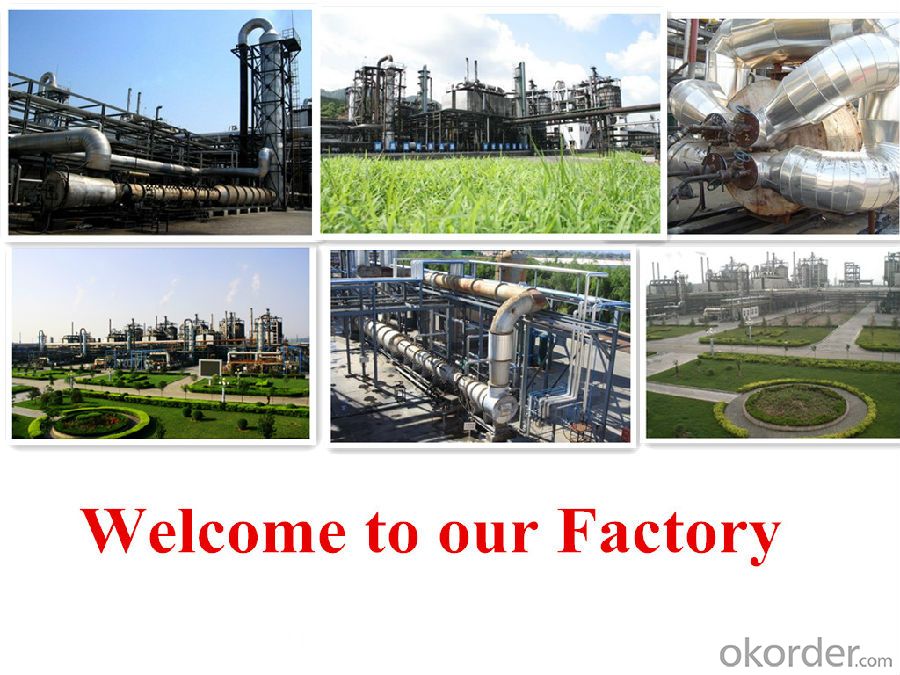

- Q: Does the carboxylic acid react with the Grignard reagent?
- Reaction. Grignard reagent is an organic strong base, first and the acid reaction of carboxylic acid to produce magnesium salt, and sometimes further nucleophilic attack, control conditions will get different products, but the first acid-base reaction is unavoidable.
- Q: What is the difference between organic matter and inorganic matter?
- Inorganic matter is an inorganic compound. Generally refers to the elements other than carbon elements, such as water, salt, sulfuric acid, lime and so on. However, some simple carbon compounds such as carbon monoxide, carbon dioxide, carbonates, carbonates and carbides, because of their composition and properties and inorganic similar, so also as an inorganic to study. The vast majority of inorganic matter can be classified as oxides, acids, alkalis and salts.
- Q: How to do it? Solve Inorganic Chemistry
- Inorganic chemistry is one of the earliest disciplines in the development of chemical science. It undertakes a major task of studying the composition, structure, properties and reactions of all elements and elements (except hydrocarbons and derivatives). The current development of inorganic chemistry has two distinct trends, that is, in the breadth of the broadening and depth of the advance. It is the three pillars of modern civilization
- Q: The aromatic hydrocarbon derivative refers to monocyclic or polycyclic
- To see what is the derivative of aromatic hydrocarbons, by its own is a single ring or multi-ring decision
- Q: What are the characteristics of organic compounds?
- Organic compounds are usually referred to as carbon-containing compounds, or hydrocarbon-containing compounds and their derivatives are collectively referred to as organic matter. Organic compounds are generally insoluble in water and soluble in organic solvents with lower melting points. The vast majority of organic matter heat easily decomposed, easy to burn. The reaction of organic matter is generally slow and often accompanied by side effects, and there are many kinds of organic compounds, which can be divided into two major categories of hydrocarbon and hydrocarbon derivatives. According to the organic groups contained in the functional groups, divided into alkanes, alkenes, alkynes, aromatic hydrocarbons and alcohols, aldehydes, carboxylic acids, esters and so on. According to the organic carbon molecular structure, can also be divided into open chain compounds, carbocyclic compounds and heterocyclic compounds three categories.
- Q: Is the number of hydrogen atoms in the hydrocarbon or hydrocarbon derivative molecule be even
- Other hydrocarbon derivatives are not necessarily, such as halogenated hydrocarbons containing odd halogen molecules, containing an odd number of N atoms containing C, H. O, N four elements of the compound, their number of hydrogen atoms are odd.
- Q: Organic intermediates in the synthesis, what is the chemical choice
- Choose the first reaction that is easy to react quickly
- Q: Organic chemistry, carboxylic acid derivatives are not acid?
- Your premise is in organic chemistry, the corresponding is the organic carboxylic acid. The most common derivatives of organic carboxylic acids are esters, acid chlorides, amides, and carboxylates. They are no longer part of the carboxylic acid because the dissociable protons that characterize the glycolic acid have been replaced by other groups and no longer have acid properties.
- Q: Junior high school chemistry knowledge, please explain what is organic compounds, inorganic compounds.
- Definition: Organic matter usually refers to carbon-containing compounds, or hydrocarbons and their derivatives are collectively referred to as organic compounds.
- Q: Why does the hydrocarbon derivative make the bromine water fade and the hydrocarbon can not
- Should be able to ah and bromine water addition reaction and fade:
Send your message to us
Stearic Acid 1842
- Loading Port:
- Tianjin
- Payment Terms:
- TT OR LC
- Min Order Qty:
- -
- Supply Capability:
- 8000MT/month m.t./month
OKorder Service Pledge
OKorder Financial Service
Similar products
Hot products
Hot Searches
Related keywords
